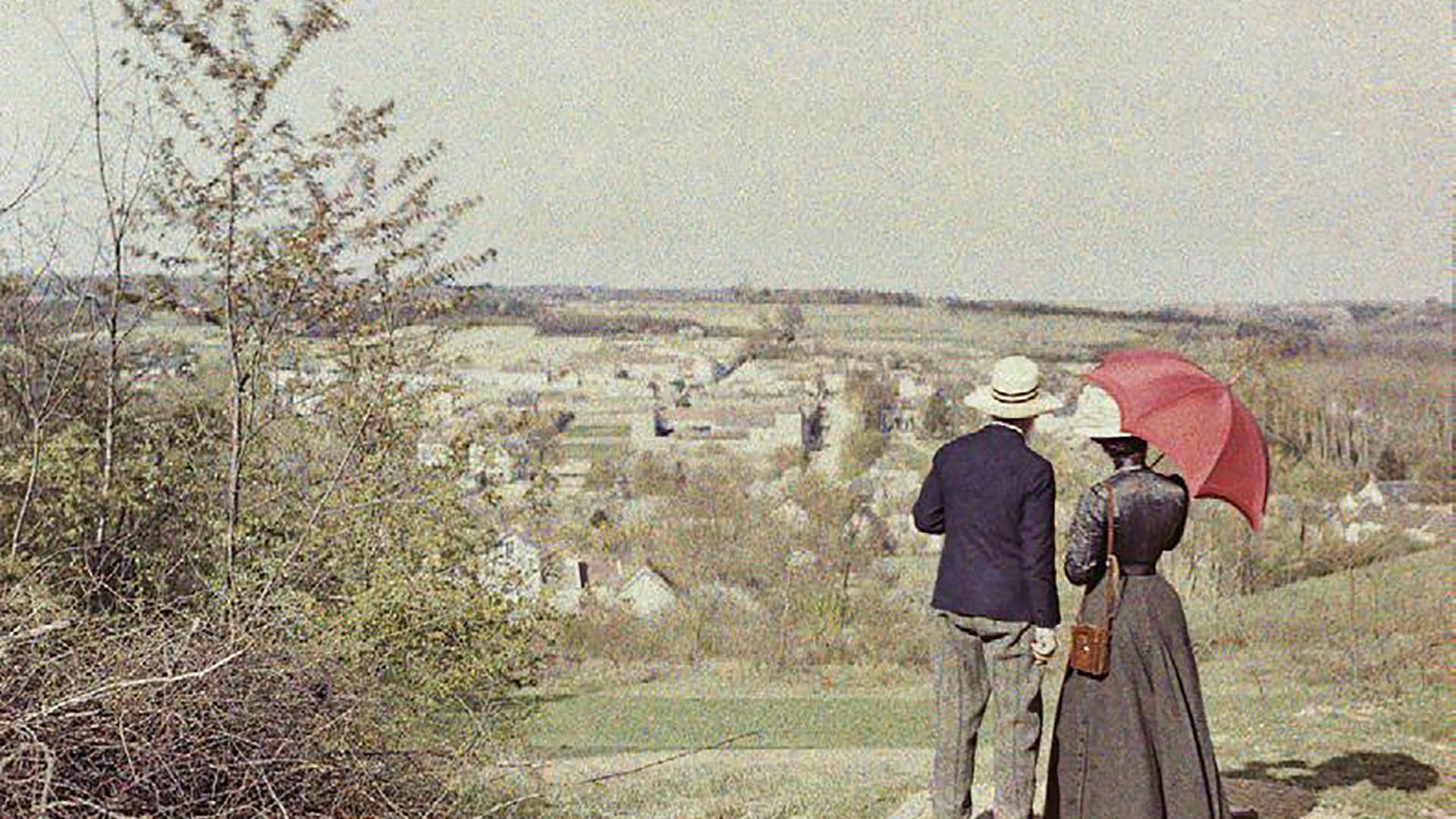Between 1907 and 1914, Antonin Personnaz took advantage of a new photographic process, the autochrome, to immortalize the Oise Valley in color. An exhibition in Pontoise, France puts these impressionist images in the spotlight.

You’re getting blind.
Don’t miss the best of visual arts. Subscribe for $9 per month or $108 $90 per year.
Already suscribed ?
Read More: Back to the Future with Robert Bird



